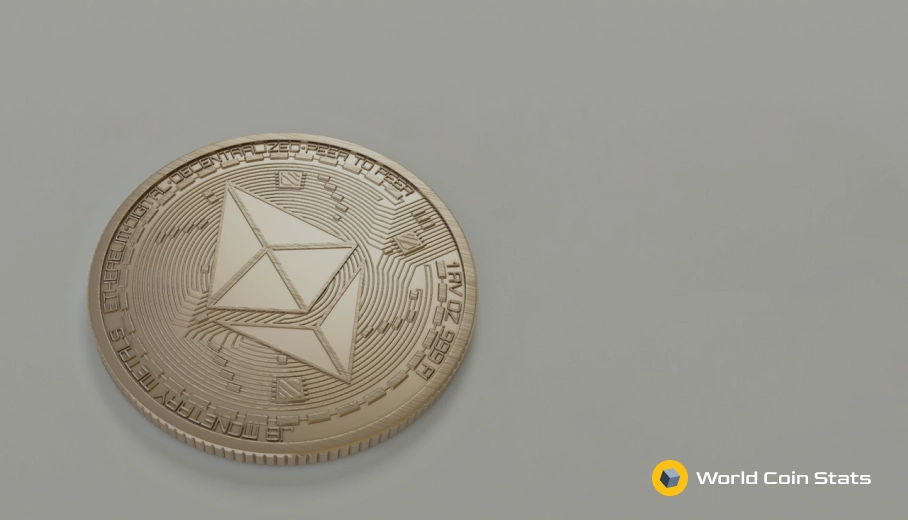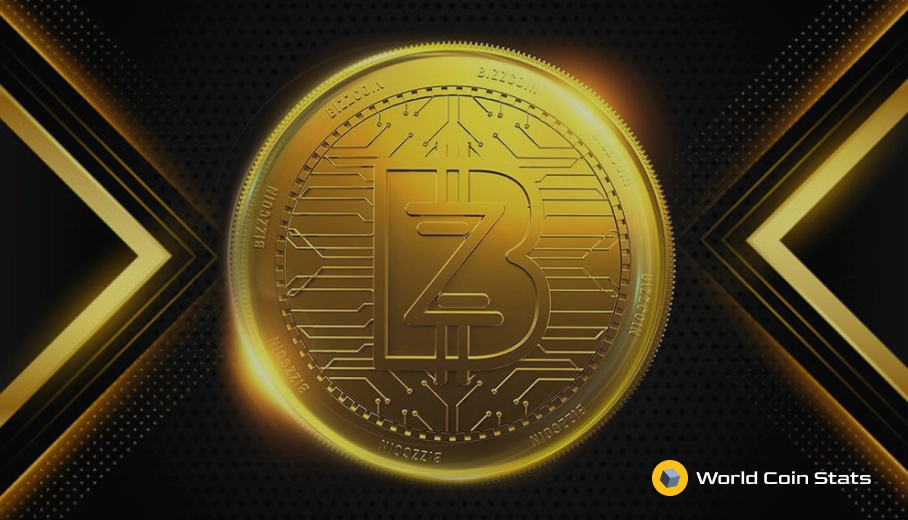No More Layer 1s Will Succeed
We have reached one of the major stepping points in cryptocurrency where the development and use of layer 1 blockchains (altcoins) has essentially stopped. Instead, the development has shifted onto layer 2 protocols built on sidechains of layer 1 protocols.
Anyway, this article will explain some of the reasons for the shift.
The Shift to Layer 2 Protocols
Blockchain technology launched with a bang with the release of Bitcoin. The purpose of the Bitcoin blockchain was to create bitcoin and nothing more. In other words, the blockchain created value where no value had previously existed.
Naturally, people applied this blockchain technology to other projects. Some of the projects included blockchain solutions to aspects of healthcare, gaming, finance, and other industries.
The thing is that each blockchain solution was its own separate blockchain with a cryptocurrency of its own.
These projects almost all failed. Users simply found it too difficult to have a new blockchain for every industry.
There was one that did not fail, though.
Ethereum was different from the other blockchain solutions that used the blockchain to build a solution. Instead, Ethereum offered its users the ability to develop their own projects on the blockchain using something called smart contracts.
For lack of a better term, this was a game changer.
The reason why is pretty simple – developers did not have to develop an entirely new blockchain to solve one minor problem. They could simply write up a smart contract on the Ethereum blockchain and use the Ethereum network to power the transaction.
Of course, this exploded in popularity in 2017 with the initial coin offering (ICO) frenzy. Companies were launching all kinds of projects on the Ethereum blockchain and luring investors in with promising returns.
The ICO bubble of 2017 marked the beginning of the shift to layer 2s over layer 1. Simply put, the need for an entirely blockchain was diminished.
Finally, the death blow to layer 1s came with the emergence of decentralized finance (DeFi) in 2020. This is the decentralization of the financial industry by moving traditional financial institutions to the blockchain. And it occurs almost exclusively on the Ethereum blockchain with a series of smart contracts.
Anyway, the next section will cover some of the advantages of layer 2s over layer 1s.
Advantages of Layer 2s
Layer 2s have many advantages over layer 1s. This section will cover some of those advantages.
In our opinion, layer 1s are essentially dead. Layer 2s simply make more sense from a development aspect than layer 1s.
Simplicity
The first, and biggest, advantage of layer 2s is the simplicity of them. This applies more to developers than to end users, but it’s worth mentioning because developers drive the ecosystem.
Basically, it’s much simpler to develop a protocol on a layer 2 sidechain than develop an entirely new blockchain.
That benefit might sound small, but it’s the difference between a single software engineer creating something like Sushiswap over the weekend and an entire team of software engineers creating a blockchain over many years.
The difference is massive.
As for the users, the convenience of having everything as an ERC-20 token on the Ethereum blockchain can’t be understated. That alone means users only need one wallet for one blockchain.
There is no need for a new wallet with different private keys for every separate blockchain project.
Increased User Adoption
The other advantage of layer 2s is increased user adoption. Remember, a layer 2 is built on top of a main blockchain, usually Ethereum.
This means that users can use their Ethereum wallet with the layer 2 project.
Again, this might sound small, but the biggest problem for every new blockchain project is actually getting people to use the blockchain and subsequently the project.
With a layer 2, the major hurdle of getting users to use an entirely new blockchain is eliminated. Granted, you still need to get users to use your project, but eliminating a major hurdle certainly helps with that aspect.
What Does The Downfall of Layer 1s Mean for Ethereum and Bitcoin?

The downfall of layer 1s is not necessarily a good thing for the main layer 1s – Bitcoin and Ethereum.
We will focus on Ethereum because the Bitcoin blockchain is mostly used to power bitcoin transactions.
Anyway, Ethereum has created such a large ecosystem of layer 2s that the actual token – Ether is becoming increasingly obsolete compared to the tokens that exist on the blockchain. It’s not a huge problem at the moment, but it is becoming increasingly irrelevant. The reason is simple – there is no need to use Ether when a bridge can be formed to other blockchains.
For instance, there is Wrapped Bitcoin (wBTC), which is an ERC-20 token version of Bitcoin used to trade bitcoin on the Ethereum blockchain.
The end result of this is we could see an ecosystem that relies on the Ethereum blockchain to build projects, but mostly ignores the token of the Ethereum blockchain.
However, there is another problem with that. Ethereum is a poorly designed blockchain with a tendency to have slow transaction times and exorbitant transaction fees.
It’s a little annoying, which is why we don’t want to say that Bitcoin and Ethereum are the blockchains of the future. But we will say that the days of having a blockchain for every project are certainly over.
In our opinion, the explosion of layer 2 protocols on Ethereum will result in the collapse of Ethereum because the fees will increase as transaction speeds decrease.
That is not too big of a concern because a better suited competitor, such as Polkadot, will emerge.
The Problem With Layer 2s
Finally, there is one major problem with layer 2s.
They are not particularly interoperable between each other. This is because while they operate on the same blockchain, they actually operate on separate side chains of the mainchain.
What does this mean?
It means that it’s difficult for two separate layer 2s to communicate with each other if they are not on the mainchain. But if they’re on the mainchain, then it causes network congestion.
It’s a lose-lose situation. The current modus operandi is to place the protocol on the mainchain for maximum user benefit at the expense of increased fees.
The bright side is that solutions to this problem are in the works. Consolidation always occurs in every industry, and consolidation is especially important in blockchains, so it’s inevitable that it will occur.
The downside is that we’re still a long way off from any consolidation of layer 2s, which means high transaction fees and slow transaction times will be a regular occurrence for at least a few more years.
It’s unfortunate, but the inconvenience of that will hopefully drive technological advancements that lead to a more streamlined blockchain.
Final Thoughts
That covers it for why no more layer 1s will succeed. In simple terms, they just aren’t efficient and are too fragmented to make sense.
The move to layer 2s is one stage of the consolidation of the cryptocurrency space. We will likely reach a point where there are only one or two layer 1s and everything else occurs on layer 2 side chains.
However, there is a lot of technological progress needed before that point is reached, but that is where the future of blockchain technology is heading.




